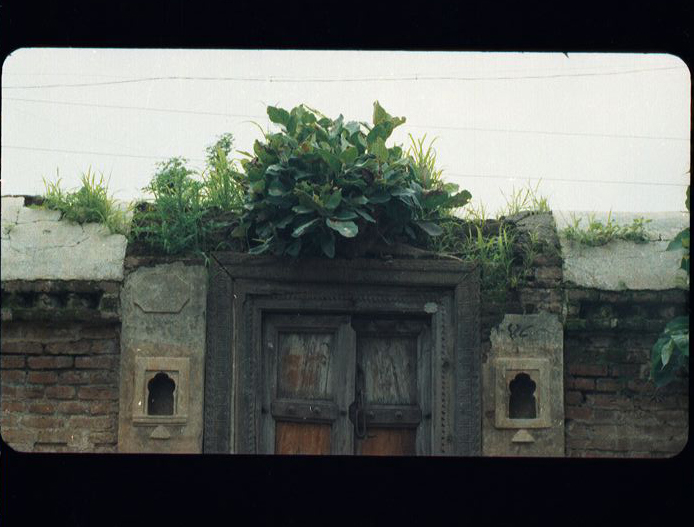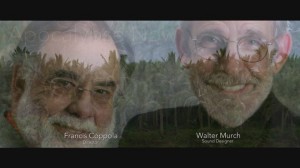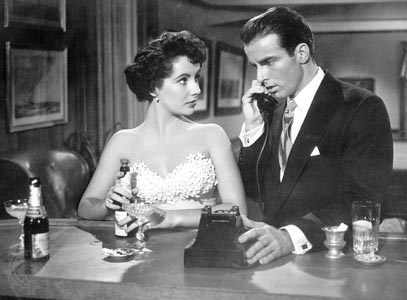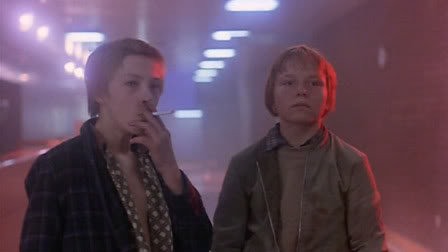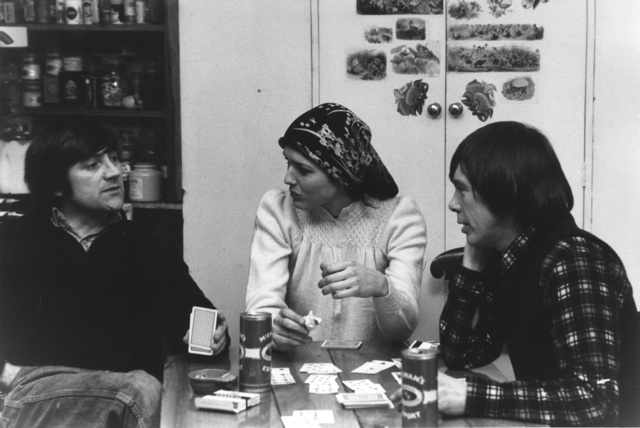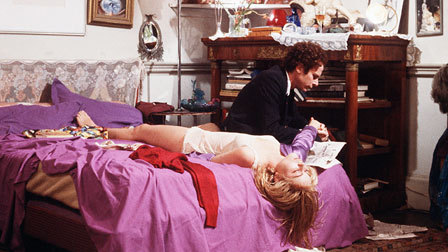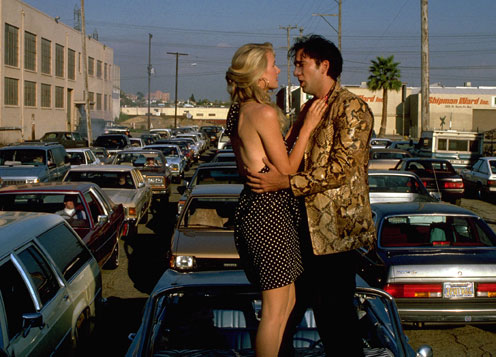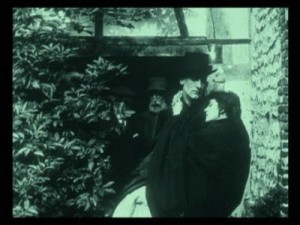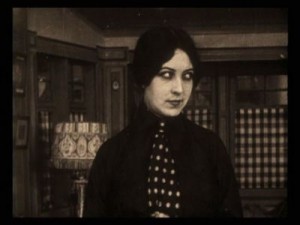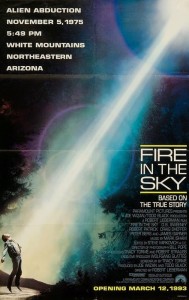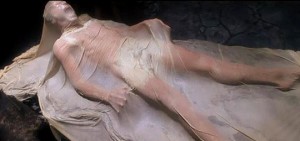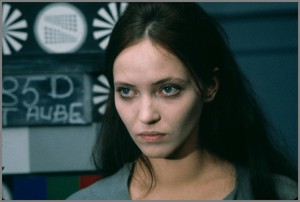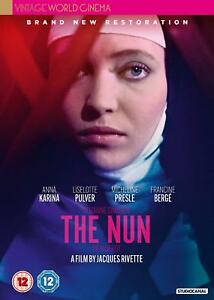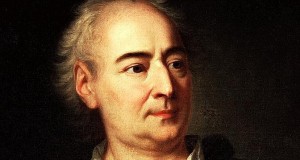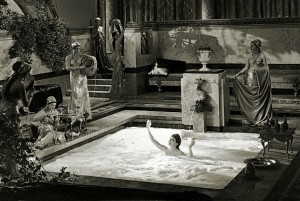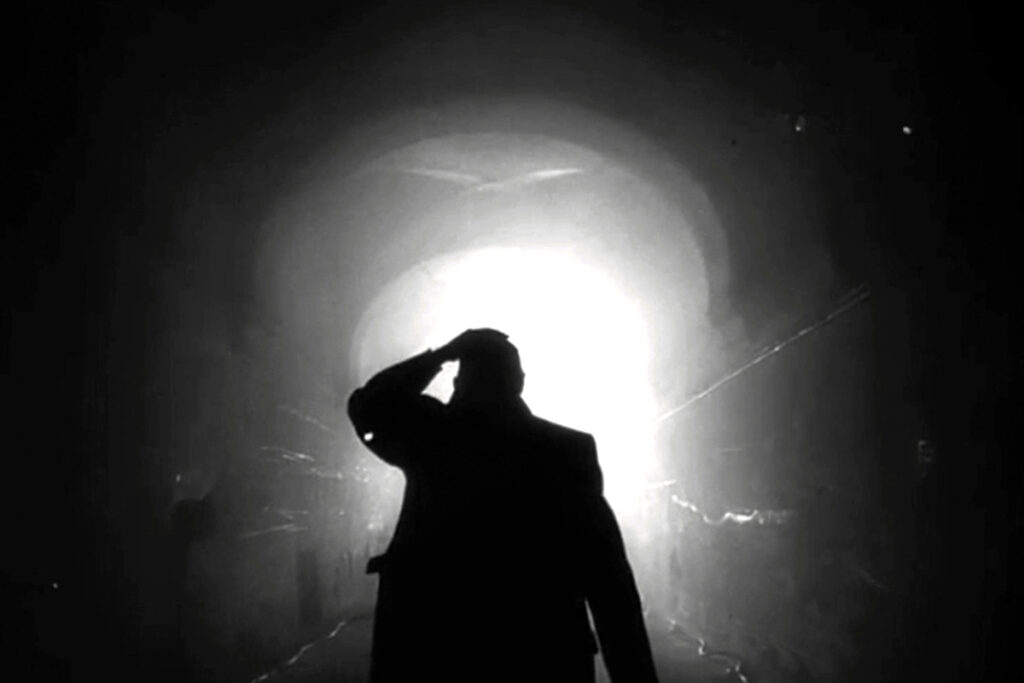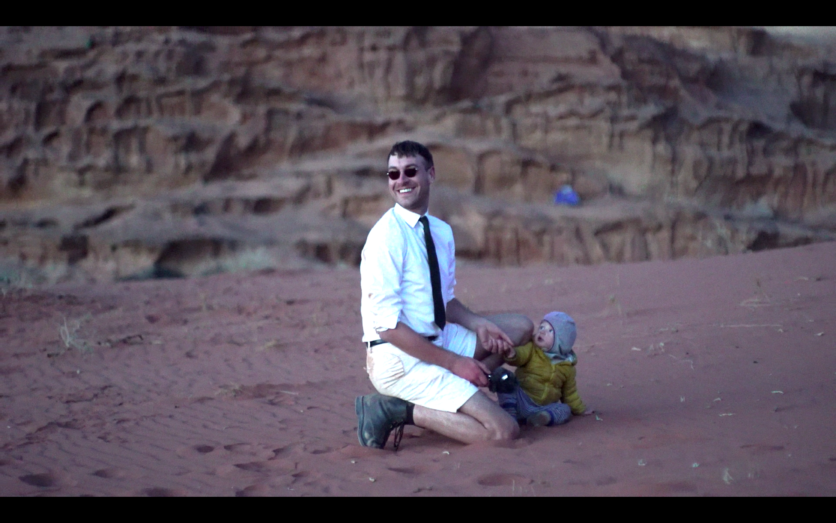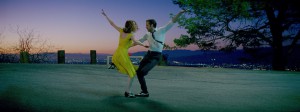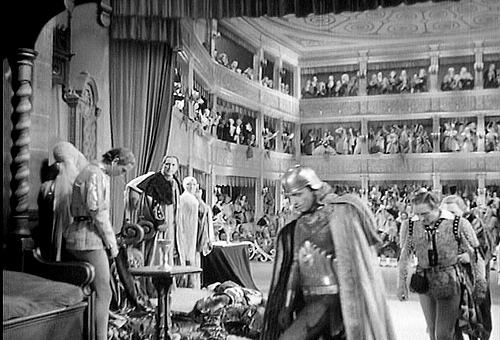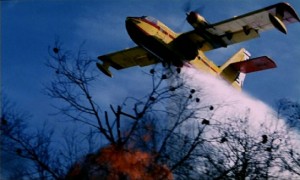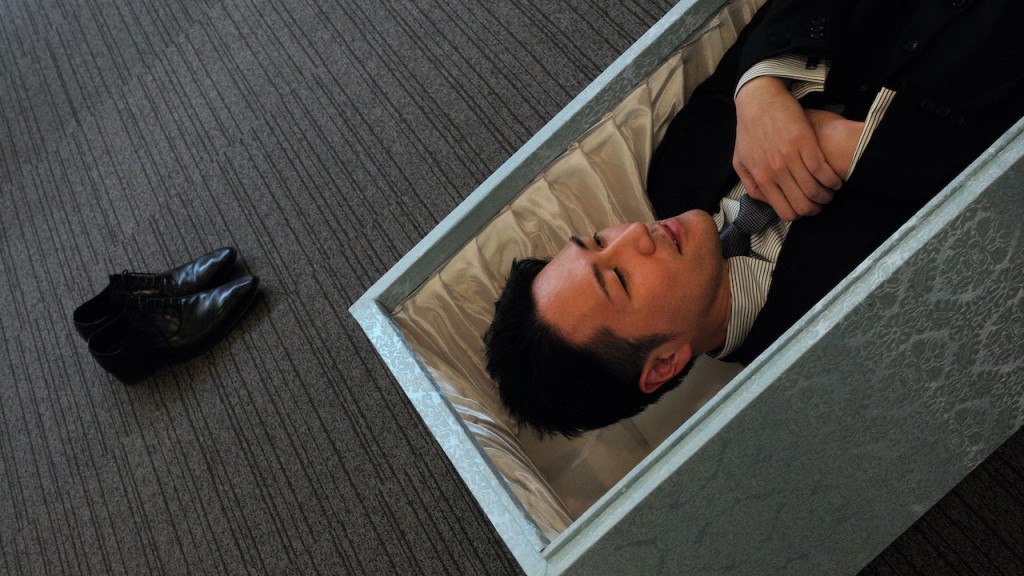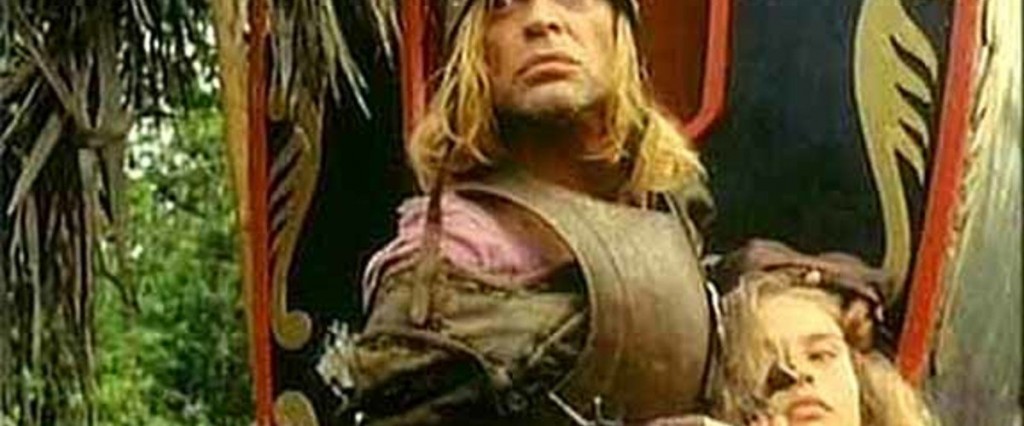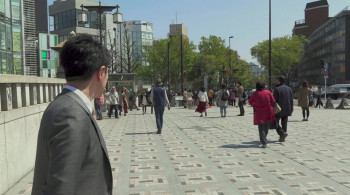Written for the FIPRESCI web site in Spring 2007. — J.R.
Now that 35-millimeter appears to be a format whose pleasures are being overlooked or forgotten, especially in the realm of short films, the sensual pleasures of Amit Dutta’s 22-minute To Be Continued (Kramasha) seem all the more precious. A good many of these have a lot to do with camera movements (tracks and pans and cranes, which include not only Resnais-like explorations of architectural ruins and ancient statuary, but also, at one strange juncture, semicircular, pendulum-like oscillations around portions of a tree, on the edges of which many people are seated); multilayered deep-focus compositions reflecting diverse aspects of the same ruins (with door frames and window frames often serving as lenses, and eccentric overhead angles often predominating); vibrant colors; and a musical feel for editing.
It must be admitted that this surfeit of delights poses certain narrative problems for some spectators. On a first viewing, one has the impression that some of the narrative premises keep shifting and developing so rapidly that one often feels stranded. But the principal reason for this is that the viewer’s imagination is constantly being solicited to add details to the onscreen images: when one hears sounds (thunder and rain, a purring cat) that don’t correspond to what one sees, yet another layer to the complex mix is added. Read more

